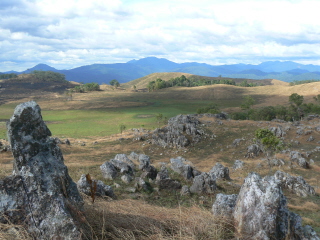
Michaelmas and Upolu Cays is a national park in Queensland, Australia, 1,409 km (876 mi) northwest of Brisbane and 33 km (21 mi) east of Cairns. It comprises two small cays on Michaelmas Reef, which forms the north-eastern section of the Arlington reef complex, within the Great Barrier Reef.

The Macquarie Marshes Nature Reserve is a protected natural wetland reserve that is located within the Macquarie Marshes, in the region along the lower Macquarie River in northwestern New South Wales, Australia. The 19,824-hectare (48,990-acre) reserve is situated approximately 600 kilometres (370 mi) northwest of Sydney and 100 kilometres (62 mi) north of Warren.

The white-shouldered ibis is a relatively large ibis species in the Threskiornithidae family. It is native to small regions of Southeast Asia, and is considered to be one of the most threatened bird species of this part of the continent.

The giant ibis, the only species in the monotypic genus Thaumatibis, is a wading bird of the ibis family, Threskiornithidae. It is confined to northern Cambodia, with a few birds surviving in extreme southern Laos and a recent sighting in Yok Đôn National Park, Vietnam.

Nagarhole National Park, is a national park located in Kodagu district and Mysore district in Karnataka, India. It is one of India's premier Tiger Reserves along with the adjoining Bandipur Tiger Reserve.

Lauca National Park is located in Chile's far north, in the Andean range. It encompasses an area of 1,379 km2 of altiplano and mountains, the latter consisting mainly of enormous volcanoes. Las Vicuñas National Reserve is its neighbour to the south. Both protected areas, along with Salar de Surire Natural Monument, form Lauca Biosphere Reserve. The park borders Sajama National Park in Bolivia.
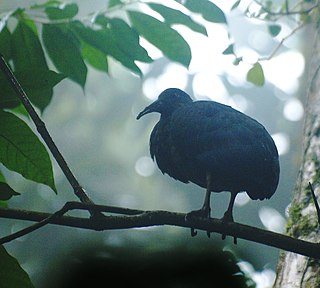
The São Tomé ibis, also known as the dwarf olive ibis, is a critically endangered bird that is endemic to São Tomé off the western coast of Central Africa. Once thought to be a subspecies of the larger olive ibis, it is now classified as a distinct species.

The wildlife of Cambodia is very diverse with a registered 212 mammal species, 536 bird species, 176 reptile species, 850 freshwater fish species, and 435 marine fish species. An unknown amount of species remains to be described by science, especially the insect group of butterflies and moths, collectively known as lepidopterans. Many of the species in the country, including several endemic ones, are recognized by the IUCN or World Conservation Union as threatened, endangered, or critically endangered due to deforestation and habitat destruction, poaching, the illegal wildlife trade, and farming, fishing, and forestry concessions. Intensive poaching may have already driven Cambodia's national animal, the kouprey, to extinction, and wild tigers, Eld's deer, wild water buffaloes and hog deer are at critically low numbers.
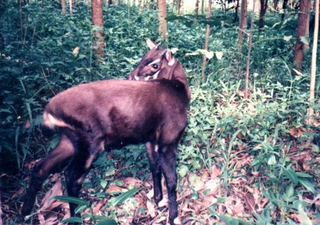
The wildlife of Vietnam is rich in flora and fauna as reflected by its unique biodiversity. Rare and endemic antelope-like animal, categorized under the bovine subfamily, was found in 1992, in Bạch Mã National Park. In the 1990s, three other large mammal species, the deer-like Truong Son muntjac, giant muntjac and Pu Hoat muntjac, were also discovered, the first two in the same park. Conservation protection and scientific studies of the ecology of Vietnam, particularly in the protected forest areas, have been given priority attention by the Government of Vietnam. Laws were enacted to set up Xuân Thủy Wetland National Park, four UNESCO Biosphere Reserves, and Hạ Long Bay and Phong Nha-Kẻ Bàng National Parks; the last two are also designated as UNESCO World Heritage Sites.

Lomphat Wildlife Sanctuary is a protected area covering 2,514.68 km2 (970.92 sq mi) in eastern Cambodia that was established in 1993. It is heavily forested and straddes Ratanakiri, Mondulkiri, and Kratie provinces. It is home to a variety of endangered wildlife such as banteng, tiger, gaur, dholes and sun bear, as well as leopards, Eld's deer, sambar deer, muntjacs and wild pigs. In addition, a number of rare birds are present: surveys have confirmed the presence of green peafowl, greater and lesser adjutant storks, sarus cranes, oriental pied hornbills, giant ibises, white-shouldered ibises, milky and wooly-necked storks, and vulture sp., which are increasingly rare in most of South and Southeast Asia.

The Central Asian Flyway (CAF), Central Asian-Indian Flyway, or Central Asian-South Asian Flyway is a flyway covering a large continental area of Eurasia between the Arctic Ocean and the Indian Ocean and the associated island chains. The CAF comprises several important migration routes of waterbirds, most of which extend from the northernmost breeding grounds in Siberia to the southernmost non-breeding wintering grounds in West Asia, India, the Maldives and the British Indian Ocean Territory.

Lunugamvehera National Park in Sri Lanka was declared in 1995, with the intention of protecting the catchment area of the Lunugamvehera reservoir and wildlife of the area. The national park is an important habitat for water birds and elephants. The catchment area is vital to maintain the water levels of the five tanks in the down stream of Kirindi Oya and wetland characteristics of Bundala National Park. This national park also serves as a corridor for elephants to migrate between Yala National Park and Udawalawe National Park. The national park is situated 261 km (162 mi) southwest from Colombo. After being closed because of the Sri Lankan civil war, the national park is now open to the general public.
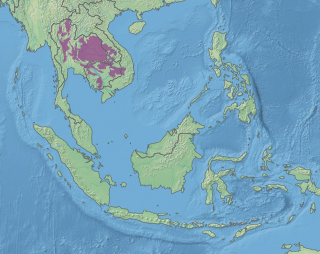
The Central Indochina dry forests are a large tropical and subtropical dry broadleaf forests ecoregion in Southeast Asia.
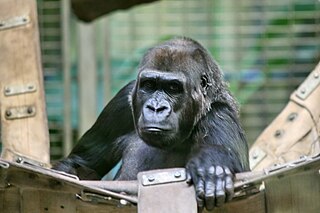
Wildlife in the Central African Republic is in the vast natural habitat located between the Congo Basin's rain forests and large savannas, where the human density was smaller than 0.5 per km2 prior to 1850. The forest area of 22.755 million has, considered as one of the richest storehouses of wild life spread over national parks, hunting reserves and community hunting areas, underwent a change over to an alarming situation of loss of wild life due to greed for ivory and bushmeat exploitation by the hunters, mostly Arab slavers from across the borders of the Central African Republic with Chad and Sudan.
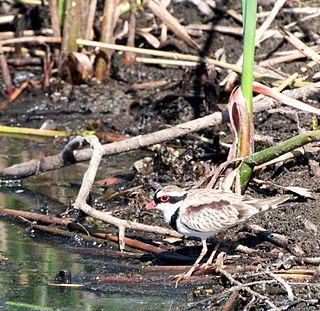
The Narran Wetlands, also known as the Narran Lakes, contained within the Narran Lakes Nature Reserve, comprise a series of protected ephemeral lakes and swamps fed by the Narran River in the north-west of New South Wales, Australia. The 26,480-hectare (65,400-acre) reserve is located approximately 50 kilometres (31 mi) east of Brewarrina.

The Obô Natural Park of São Tomé is a natural park of São Tomé and Príncipe, covering 195 km2 (75 sq mi) of the island of São Tomé. It was established in 2006. It has not yet been assigned to a IUCN protected area category. It covers parts of the districts of Caué, Lemba, Lobata and Mé-Zóchi.

Stung Sen is a protected multiple use management area and wildlife sanctuary in the Kampong Thom Province of Cambodia. It is located near the south-eastern tip of the Tonlé Sap, one of three wildlife sanctuaries around the lake, including Boeng Tonlé Chhmar and Prek Toal.
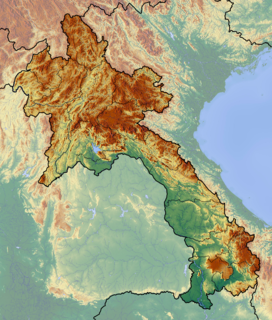
Xe Pian National Protected Area is a national protected area in Champasak and Attapeu provinces in southern Laos. This forested, hilly park is home to significant wetlands and a great diversity of animal, bird and fish species. It is an ecotourism destination.

Chhep Wildlife Sanctuary, earlier known as Preah Vihear Protected Forest, is a 1,900.27 km2 (733.70 sq mi) large protected area in northern Preah Vihear Province of Cambodia comprising large tracts of deciduous dipterocarp and evergreen forests, as well as seasonally inundated grasslands and small wetlands. It is contiguous with Prey Preah Roka Wildlife Sanctuary in the southwest.


